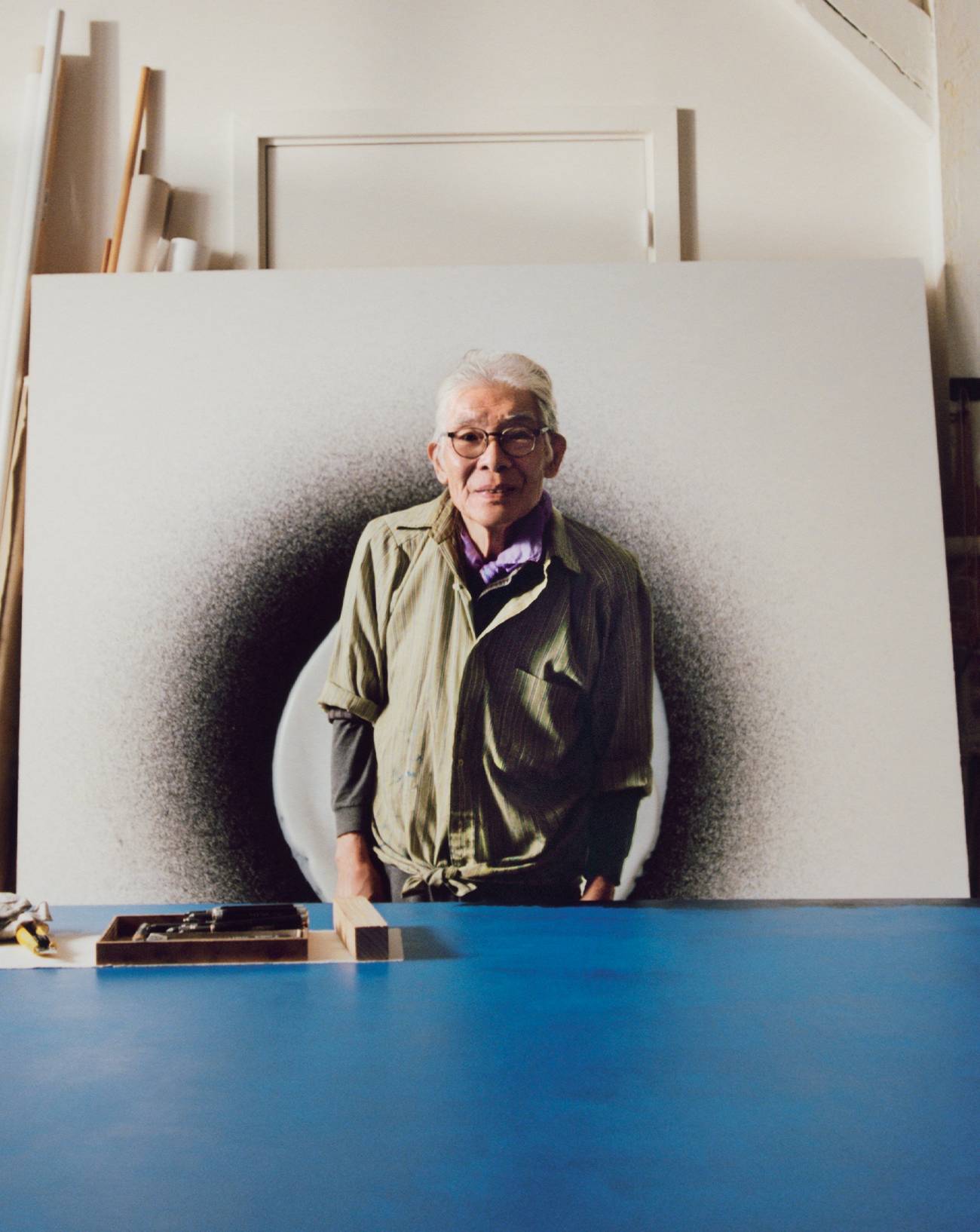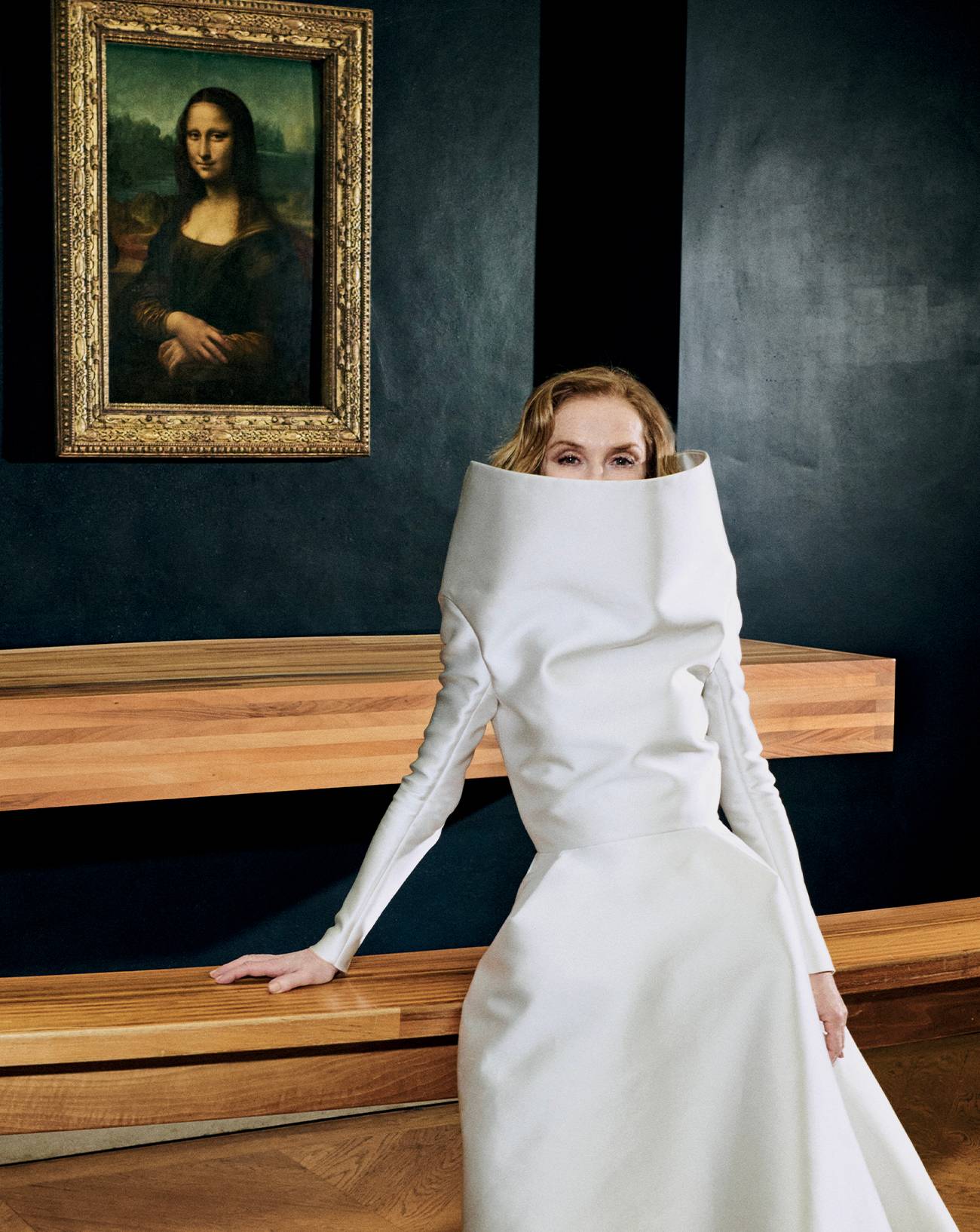

Lukas Hoffmann seeks an ideal of control in all stages of the photographic process, from shooting and printing to masking and framing. From process to protocol, his approach is built on an interest in surfaces, which first led him to study the graphic properties of architecture followed by those of vegetation, which he sought to reveal through its lines of force and its relationship to textures or minerals, exacerbated by the brutality of the static shot.




Lukas Hoffmann's Strassenbilder series offers a new vision of street photography
With his Strassenbilder series, Hoffmann is trying something more dynamic and apparently more spontaneous, which recalls the street photography of Helen Levitt, Lee Friedlander, Mark Cohen and Joel Meyerowitz. Yet in fact it’s nothing of the sort. Instead of fixed shots and a compact, discreet cam- era, Hoffmann prefers to move around, dragging with him a cumbersome, heavy optical chamber with bellows and a shutter release. To capture his subjects and achieve a rich range of greys, as well as a balance between bodies and backgrounds, he sets his focus at 80 cm. This is when the real performance begins, as he stalks his subject with all the art, concentration and anticipation of a hunter or fisherman. In this case, tracking means deciphering and interpreting the signs and furtive behaviour of those around him.




For this he needs a noisy crowd in which to disappear, so that the heavy click of the shutter will not arouse suspicion, as well as intense light to obtain the required sharpness and depth of field. Over the course of three summers, he took nearly 500 photos on the sly, acting as a surveyor and human-catcher, borrowing an approach to looking from ethology and anthropology that involves not merely reflecting on (and in the place of) others, but rather thinking with those whose daily movements he stalks – not simply documenting or witnessing but rather seeing the world through their eyes, imagining how they interact, capturing the lonely, nonchalant or hurried gaits of pedestrians in Berlin’s teeming urban jungle.


A photographer who focuses on the details
The constraints he sets himself, which entirely contradict the usual lightness and freedom of street photography, require a reactivity that results in a cataloguing of behaviour, gesture and attitude where nothing is left to chance. In certain shots we discover a whole range of human backs – sweaty, draped in geometric patterns or affirmative folds; in others, less abstract fragments of bodies and situations, interspersed to produce a more narrative effect, but equally banal and common place. Faces are almost entirely absent from these images, and the street seems to have all but disappeared too. What we are left with are tightly framed shots, similar to his early series of façades, that draw in the gaze. For Hoffmann, it is not so much a question of making a typological inventory of behavioral codes in a given environment as of following and adapting to its minute movements.












